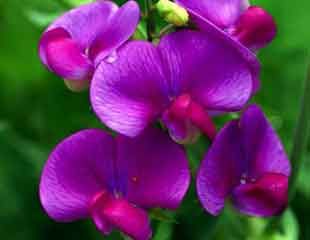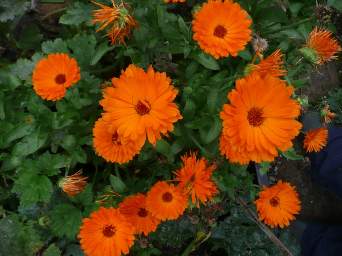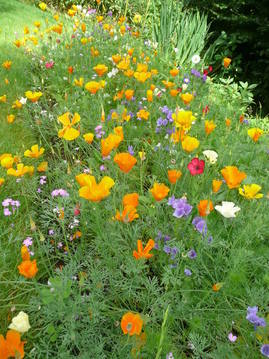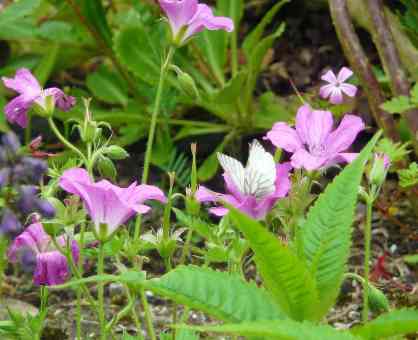When can I plant out Sweet peas
Posted on
|
Despite their delicate appearance sweet peas are half hardy annuals which means they will take a lot more bad weather than bedding plants. You can plant out sweet peas in March/April and May provided you have hardened them off first. Whilst they are hardy, it doesn’t do any good to plant out in a cold spell, which is not just the risk of frosts, but also if there is a cold wet period this can set the plant back, and you will notice it doesn’t seem to do anything for a few weeks. Sweet peas when hardened off will tolerate a light frost up to around -5 after which they will need protection. Sweet peas are thought to have originated in Sicily, Italy and the Aegean islands, whereas bedding plants such as Petunia come from Southern America and Pelargonium from South Africa, much warmer areas in the world and as a result the advice as to when to plant out bedding plants is different. If planting out sweet peas earlier, say March or April, check out where the shelter lies in your garden as this makes a lot of difference, both for planting out sweet peas but also other garden plants which although hardy may need a little winter protection. By way of illustration of this, below are images of delphiniums which photographs were all taken on the same day, and are all growing in my garden, all planted at the same time, and all the same variety. What you see is very different growth rates caused by the warmth, amount of sun and shelter which varies across the garden. |
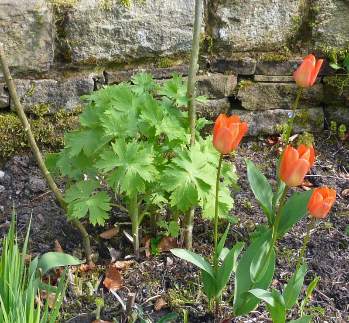 |
 |
 |
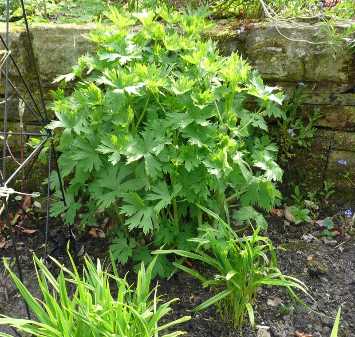 |



